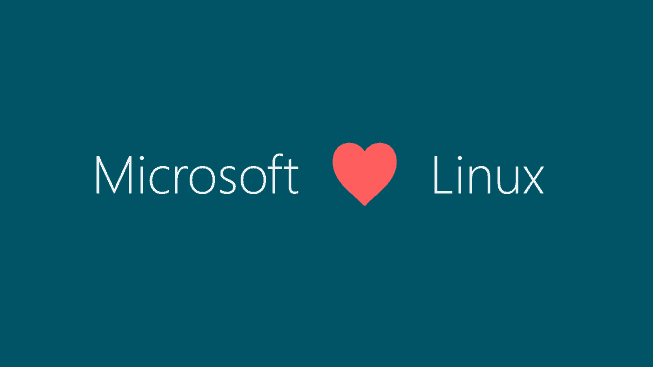In a recent Windows 10 preview, Microsoft offers the possibility to add a hard drive to a Windows Subsystem for Linux 2 (WSL 2) distribution. This feature is available in Windows 10 Insider Preview build 20211.
This feature gives users access to Linux file systems, such as ext4, that are not native supported by Windows. It also means that users running Windows and Linux simultaneously on a computer with different disks, can now access Linux files from Windows.
After mounting the disk, WSL 2 users can access the existing Linux files by using the Windows File Explorer app. It works via the File Explorer WSL integration released earlier this year and can be recognized by the Linux penguin logo in the File Explorer, ZDNet writes. You get there by going to \wsl$ in the File Explorer. Then you will see it in the mount folder.
Microsoft
It really is something that Microsoft is very active in: support for non-native Windows file systems. The new feature, Wsl -mount, can be run from a PowerShell window if you have admin rights. This allows you to mount a hard disk within WSL 2, after which the feature tries to mount the disk as ext4 by default. By using wsl -unmount the disk can then be safely removed from WSL2.
It is good that the new feature is available, but there are some downsides Only complete disks can be attached to WSL 2, not just a partition. The reason is that the device can’t be disconnected. Also, USB flash drives are not supported at the moment, although it is possible to insert a USB drive.
Linux file systems
Finally, only file systems with native support can be used in the kernel. At the same time, there is more work to be done at Microsoft, because there are some bugs that still need to be worked on. For example, WSL 2 has been in trouble since the patch tuesday of September 2020. Users get the error message “The remote procedure call failed” when they boot up. This bug is in addition to the bugs reported on preview 20211, including 32-bit applications that stop when they are opened within a 64-bit environment.
Microsoft hopes this will allow Linux to continue to improve within Windows 10 on the desktop.
Tip: Microsoft has lost its grip on the Windows 10 update process
